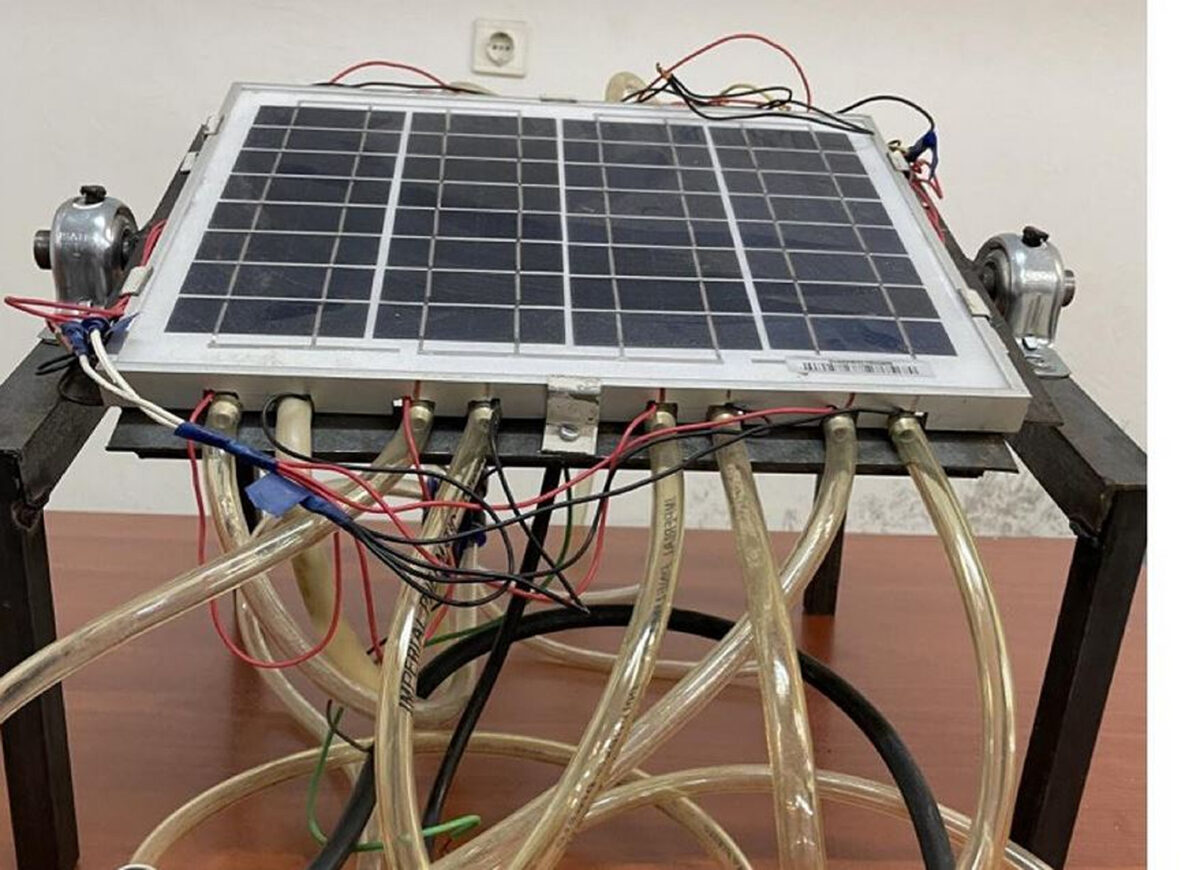An international research team led by Australia's RMIT University has fabricated a prototype of a nanofluid-cooled thermoelectric generator (TEG) that uses photovoltaic-thermal (PVT) energy to increase its overall efficiency.
TEGs can convert heat into electricity through the “Seebeck effect,” which occurs when a temperature difference between two different semiconductors produces a voltage difference between two substances. The devices are commonly used for industrial applications to convert excess heat into electricity. However, their high costs and limited performance have thus far limited their adoption on a broader scale.
The researchers described the system in “A nanofluid-based hybrid photovoltaic-thermal -thermoelectric generator system for combined heat and power applications,” which was recently published in Energy Conversion and Management.
“It is evident that for concentrations of lower than 2 suns, the system using CuO-Fe/W performs the best and can keep the PV and overall efficiency high,” they concluded.
The research team included scientists from the K. N. Toosi University of Technology in Iran.
This content is protected by copyright and may not be reused. If you want to cooperate with us and would like to reuse some of our content, please contact: editors@pv-magazine.com.



The technology of a solar PV panel with a heat exchanger on the back of the PV panel has existed for decades in various versions.
Don’t understand the innovation?